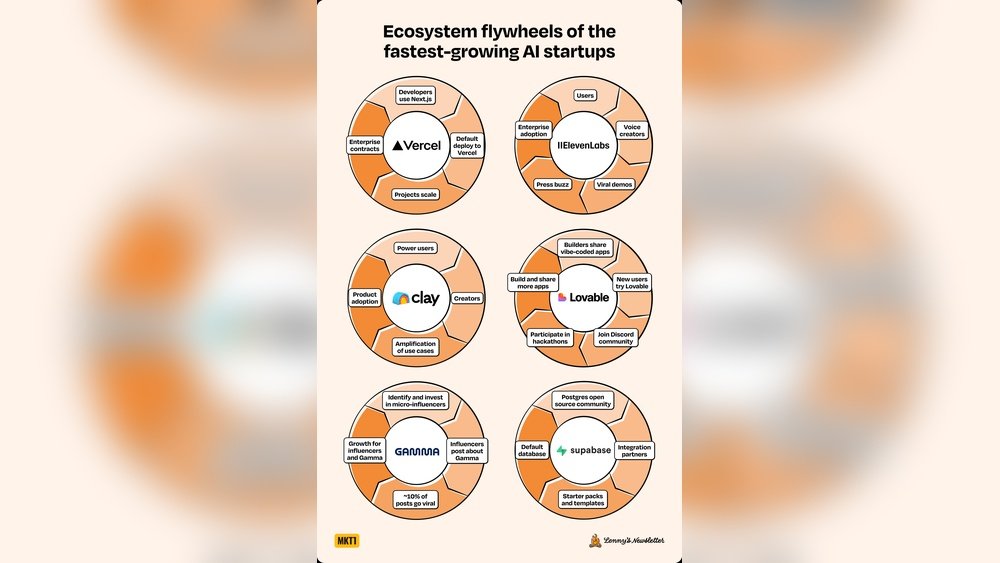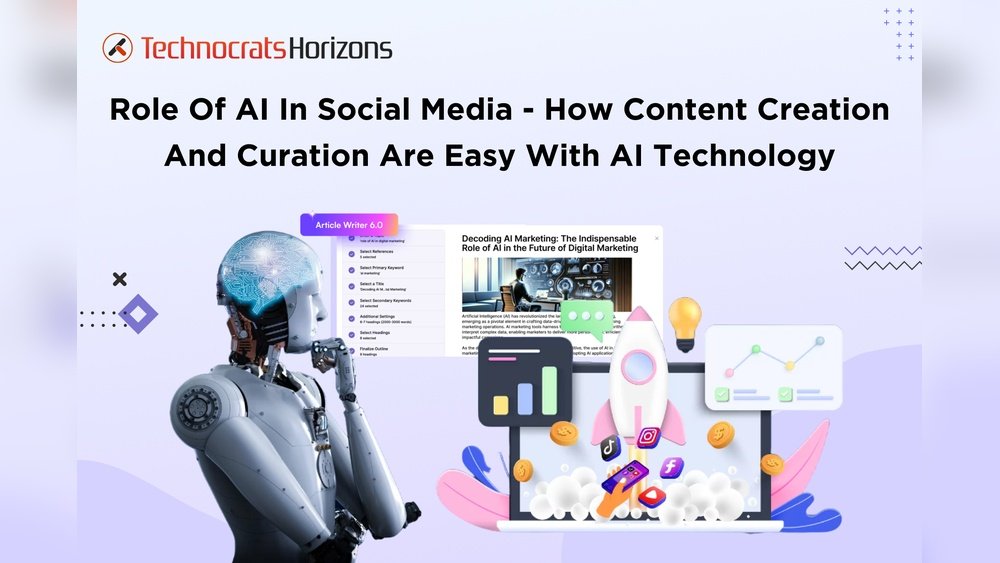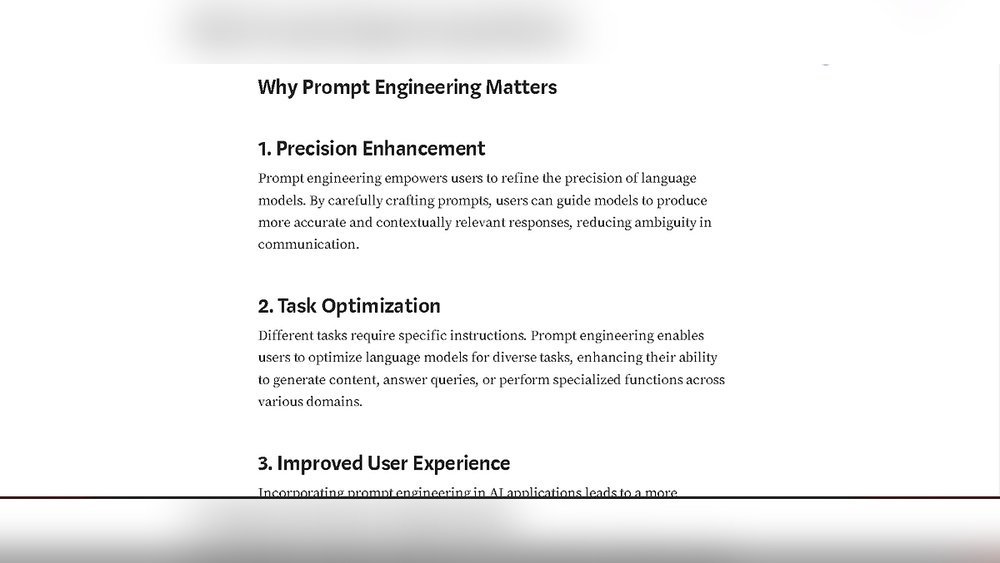Cloud computing role edge AI is transforming technology. They bring power and efficiency to various applications.
In the world of data processing, cloud computing plays a crucial role. It provides vast resources for storing and analyzing data. Edge AI, on the other hand, processes data closer to the source. This reduces latency and enhances real-time decision-making.
Together, they offer a powerful solution for many industries. From smart homes to autonomous vehicles, their impact is evident. They ensure quicker responses and improved performance. The combination helps businesses stay competitive. Understanding their roles is essential for future growth. Explore how cloud computing and edge AI work together. Discover the potential they hold for innovation and efficiency. The future is bright with these technologies working hand in hand.

Credit: www.talentelgia.com
Introduction To Cloud Computing Role Edge AI
In today’s tech-driven world, cloud computing and edge AI are two buzzwords you might have come across frequently. But what do they actually mean, and how do they work together to transform our digital experiences? Let’s dive into these concepts and understand their significance in our day-to-day lives.
Basics Of Cloud Computing
Cloud computing is like using a remote supercomputer. Instead of running applications and storing data on your local device, you can do it over the internet. This means you can access powerful resources without needing expensive hardware.
Imagine you have a small bakery. You might not have the space or budget for a massive oven. Instead, you use a shared kitchen where you can rent the oven as needed. Cloud computing works in a similar way, offering flexibility and scalability for businesses and individuals alike.
From storing photos on Google Drive to streaming movies on Netflix, cloud computing is behind many services you use daily. It allows you to access your data and apps from anywhere, at any time.
Defining Edge Ai
Edge AI brings intelligence closer to the source of data creation. Instead of sending data to the cloud for processing, it processes it on the device itself. This reduces latency and enhances performance, making it ideal for real-time applications.
Picture a smart security camera that detects suspicious activity. If it relies solely on cloud processing, there might be a delay. But with edge AI, it can analyze video footage instantly, alerting you in real-time.
Devices like smartphones, drones, and IoT sensors are increasingly using edge AI. This technology is crucial for applications where speed and efficiency are paramount.
Have you ever wondered how your voice assistant understands you so quickly? That’s edge AI at work, processing your commands on the device to provide instant responses.
Combining Cloud Computing Role Edge AI creates a powerful synergy. You get the benefits of both scalable computing power and real-time data processing. How do you think this combination could impact the future of technology?

Credit: www.veritis.com
Benefits Of Cloud Computing
Cloud computing has transformed how businesses manage data. It offers numerous benefits. These include scalability, cost efficiency, and enhanced data security. Businesses can leverage these advantages to improve their operations.
Scalability
Cloud computing allows businesses to scale their resources. They can adjust their storage needs quickly. This flexibility is vital for growing companies. It ensures they only use what they need. No more, no less. This helps in managing costs and resources efficiently.
Cost Efficiency
With cloud computing, businesses save on hardware costs. They do not need to invest in expensive servers. Instead, they pay for what they use. This pay-as-you-go model is budget-friendly. It reduces the financial burden on companies. It also minimizes the need for in-house IT staff. This further cuts down operational costs.
Advantages Of Edge Ai
Edge AI reduces latency by processing data closer to the source. This improves real-time decision-making and reduces reliance on cloud connectivity. It enhances data privacy and security.
Cloud computing has revolutionized how we store and process data. Edge AI, the fusion of edge computing and artificial intelligence, is pushing the boundaries even further. Let’s dive into the advantages of Edge AI and understand how it transforms our digital experiences.
Low Latency
One of the standout benefits of Edge AI is its ability to reduce latency significantly. When AI processes data at the edge of the network, it eliminates the need to send information back and forth to central servers.
Imagine using a smart assistant that responds instantly to your commands. That’s the power of low latency in action.
This immediate response is crucial for applications like autonomous vehicles and real-time health monitoring. How would you feel if your car’s AI took too long to make decisions? Edge AI ensures that doesn’t happen.
Enhanced Security
Edge AI also enhances security by keeping sensitive data closer to its source. Instead of transmitting data across multiple networks, it processes information locally.
Think of it as having your personal data guarded right at your doorstep. This reduces the risk of data breaches during transmission.
For example, smart home devices can analyze data internally, providing you peace of mind. You wouldn’t want your security camera footage traveling across the internet, right? Edge AI makes sure it’s processed right at home.
Edge AI brings practical, actionable improvements to our digital lives. What other applications can you think of that would benefit from low latency and enhanced security?
Integration Of Cloud Computing And Edge Ai
The integration of Cloud Computing Role Edge AI is transforming how businesses process data. Cloud computing provides scalable resources and storage. Edge AI brings intelligence closer to the data source. This combination offers faster processing and real-time analytics. It also reduces latency and bandwidth usage. This synergy creates new opportunities for various industries.
Hybrid Solutions
Hybrid solutions combine the best of both cloud computing and edge AI. They provide flexibility and efficiency. Some tasks are handled in the cloud. Other tasks are processed at the edge. This approach optimizes resources. It ensures quick responses. It also allows for better data management. Businesses can scale their operations easily.
Use Cases
There are many use cases for the integration of cloud computing and edge AI. In healthcare, edge AI processes patient data in real-time. Cloud computing stores and analyzes large datasets. In manufacturing, edge AI monitors equipment. It predicts maintenance needs. Cloud computing manages production data. In smart cities, edge AI improves traffic management. Cloud computing supports city-wide data analysis.
Retailers use edge AI for personalized customer experiences. Cloud computing analyzes sales trends. Autonomous vehicles rely on edge AI for quick decision-making. Cloud computing handles data from multiple vehicles. These examples show the diverse applications of this integration.
Impact On Modern Technology
Cloud computing has dramatically changed the landscape of modern technology, enabling powerful advancements across various sectors. Among these, Edge AI stands out as a pivotal player. By processing data closer to where it’s generated, Edge AI brings speed and efficiency, transforming how we interact with technology daily.
Smart Cities
Smart cities are becoming a reality, thanks to the role of Edge AI in cloud computing. Imagine your city where traffic lights adapt in real-time, reducing congestion based on the flow of vehicles. This is not a futuristic dream but a current application of Edge AI.
Edge AI allows smart cities to process vast amounts of data locally, making quicker decisions. This means better management of resources like water and electricity, leading to more sustainable urban living. Think about the energy savings and reduced carbon footprint your city could achieve.
Have you ever wondered how safe your city could be with real-time surveillance? Edge AI can enhance security systems by analyzing footage on the spot, alerting authorities immediately if any suspicious activity is detected.
Iot Devices
IoT devices are all around us, from smart thermostats to wearable health monitors. Edge AI brings them to life by making them smarter and more responsive. Picture your thermostat adjusting the temperature based on your daily routine without needing constant internet connectivity.
With Edge AI, your health monitor can analyze data on the device itself, providing instant feedback. This could be life-saving in critical situations, offering immediate alerts if something goes wrong with your health metrics.
Businesses are also leveraging IoT devices with Edge AI to streamline operations. For instance, manufacturing plants use smart sensors to predict equipment failures before they happen, reducing downtime and maintenance costs. How much more efficient could your business be with such technology at your fingertips?
These examples show that the impact of Cloud Computing Role Edge AI on modern technology is profound. It’s not just about making things faster or smarter; it’s about creating a more connected, efficient, and safer world. How do you think Edge AI could improve your everyday life?

Credit: www.azilen.com
Challenges In Implementation
Implementing Edge AI in cloud computing brings several challenges. These issues can impact the effectiveness and efficiency of deployment. Understanding these challenges is crucial for smoother implementation.
Data Privacy
Data privacy is a major concern in Edge AI. Sensitive data often gets processed at the edge. This can expose it to potential breaches. Ensuring robust security measures is essential. Encryption and secure access protocols are vital. They help protect data from unauthorized access.
Technical Barriers
Technical barriers can hinder Edge AI implementation. Limited computing power at the edge is a common issue. This affects the performance of AI algorithms. Efficient resource management is needed. Bandwidth limitations also pose challenges. Reliable and fast internet connections are required for optimal functioning.
Compatibility issues can arise. Different devices and platforms may not work well together. Ensuring seamless integration is necessary. Regular updates and patches can help. They keep the system running smoothly and securely.
Future Trends
Edge AI’s integration with cloud computing is shaping future trends in technology. This combination enhances real-time data processing and reduces latency, making systems faster and more efficient. Expect significant advancements in various industries.
Cloud computing is shaping the future of technology with its ability to process data at the edge, enhancing speed and efficiency. As we look ahead, several trends are set to redefine how Edge AI and cloud computing interact. These trends will transform industries and the way we live.
Ai Evolution
AI is no longer just a tool for tech experts. It’s becoming more accessible to everyone. The evolution of AI has led to smarter algorithms that can learn and adapt. This means better decision-making and more personalized experiences.
Imagine your home security system learning your routine. It can alert you about unusual activities. This smart adaptation is possible because of Edge AI. It’s processing data closer to where it’s generated, reducing latency and improving response times.
5g Networks
5G networks are revolutionizing connectivity. They offer faster speeds and lower latency. This is a game-changer for Edge AI.
Think about the possibilities: real-time health monitoring, autonomous vehicles, and instant communication. With 5G, data can be processed and transmitted almost instantly. This accelerates Edge AI applications, making them more effective and reliable.
How will this impact your daily life? Consider your mobile device. With 5G, it can handle more complex tasks quickly. You could stream high-definition videos without buffering or get immediate responses from voice assistants.
In short, 5G networks are paving the way for more robust and responsive AI solutions at the edge. Are you ready to embrace this new era of connectivity?
Frequently Asked Questions
What Is The Role Of Ai In Cloud Computing?
AI enhances cloud computing by optimizing resource management, improving data analysis, and automating tasks. It boosts performance, scalability, and security in cloud services. AI-driven insights help businesses make informed decisions and streamline operations.
What Is The Difference Between Cloud Ai And Edge Ai?
Cloud AI processes data in remote servers, providing powerful computational resources. Edge AI processes data locally on devices, offering real-time responses and reduced latency.
Is Cloud Computing An Edge Computing?
No, cloud computing is not the same as edge computing. Cloud computing centralizes data storage and processing, while edge computing processes data near the source.
What Is An Edge In Ai?
An edge in AI refers to processing data on local devices rather than relying on centralized servers. This enables real-time analytics, reduces latency, and enhances data privacy.
Conclusion
Edge AI, powered by cloud computing, transforms how we use technology daily. It brings data processing closer to the source, improving speed and efficiency. This combination can enhance various industries, from healthcare to smart cities. As businesses adapt, they gain better insights and faster decision-making.
Embracing cloud computing and Edge AI together ensures a brighter, more connected future. Stay informed and consider these advancements for your next tech project. The potential benefits are vast. Explore and innovate with these powerful tools.







One response to “Cloud Computing Role Edge AI: Revolutionizing Modern Technology”
[…] is a key benefit of cloud computing. Apps can grow with user demands. Developers can add resources effortlessly. Flexible cloud […]